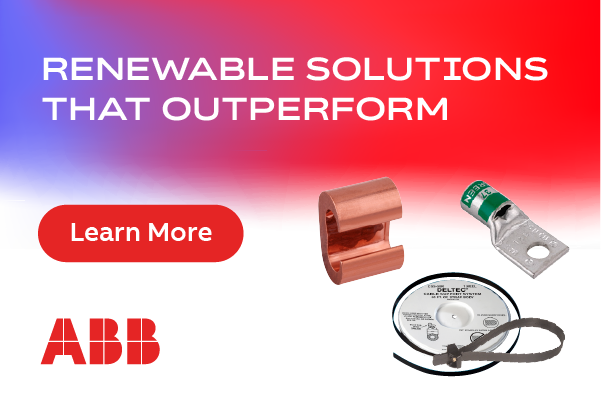Learning from Others' Mistakes
As a longtime installer and solar engineer, I've seen many single-axis tracker failures over the last two decades. Failures from wind, bad designs, wrong materials, poor planning, and EPC errors (root cause usually a bad design). Tracker trend was to reduce steel to lower cost, thinning out to excess only to encounter wind failures; the knee-jerk reaction was to apply shock absorbers, springs, multi-faceted torque tubes (e.g., complexity, cost, and uncertainty).
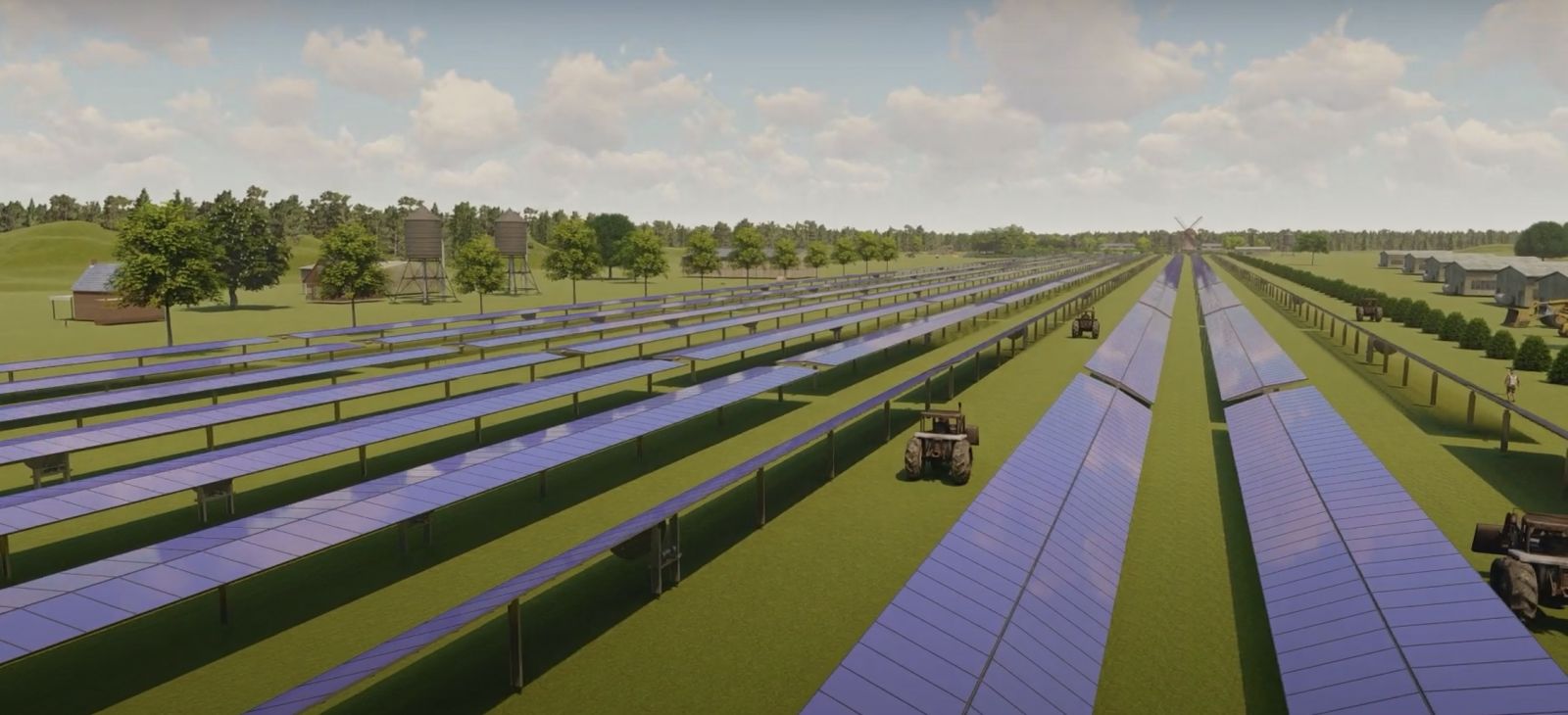
When those ideas fell short, the second knee-jerk reaction was to replace simple steel with complicated steel (e.g., transmissions with gears, oil, and seals, driveshafts with U-Joints, hangers for spinning driveshafts). Thanks to an underabundance of forethought and an overabundance of after-the-fact fixits, a GW solar farm that used to have 20,000 drives (1/row) now has 180,000 (9/row).
I've seen contractors beat on the U-joints with a hammer because the HDG on the two mating splines was too thick. Many U-joints' bearing cups broke open to become a latent defect had I not noticed it as an Owner's Engineer on a 21 MW tracking solar farm. Simplicity, not complexity, will deliver true cost savings in CAPEX, EPC, and OPEX.
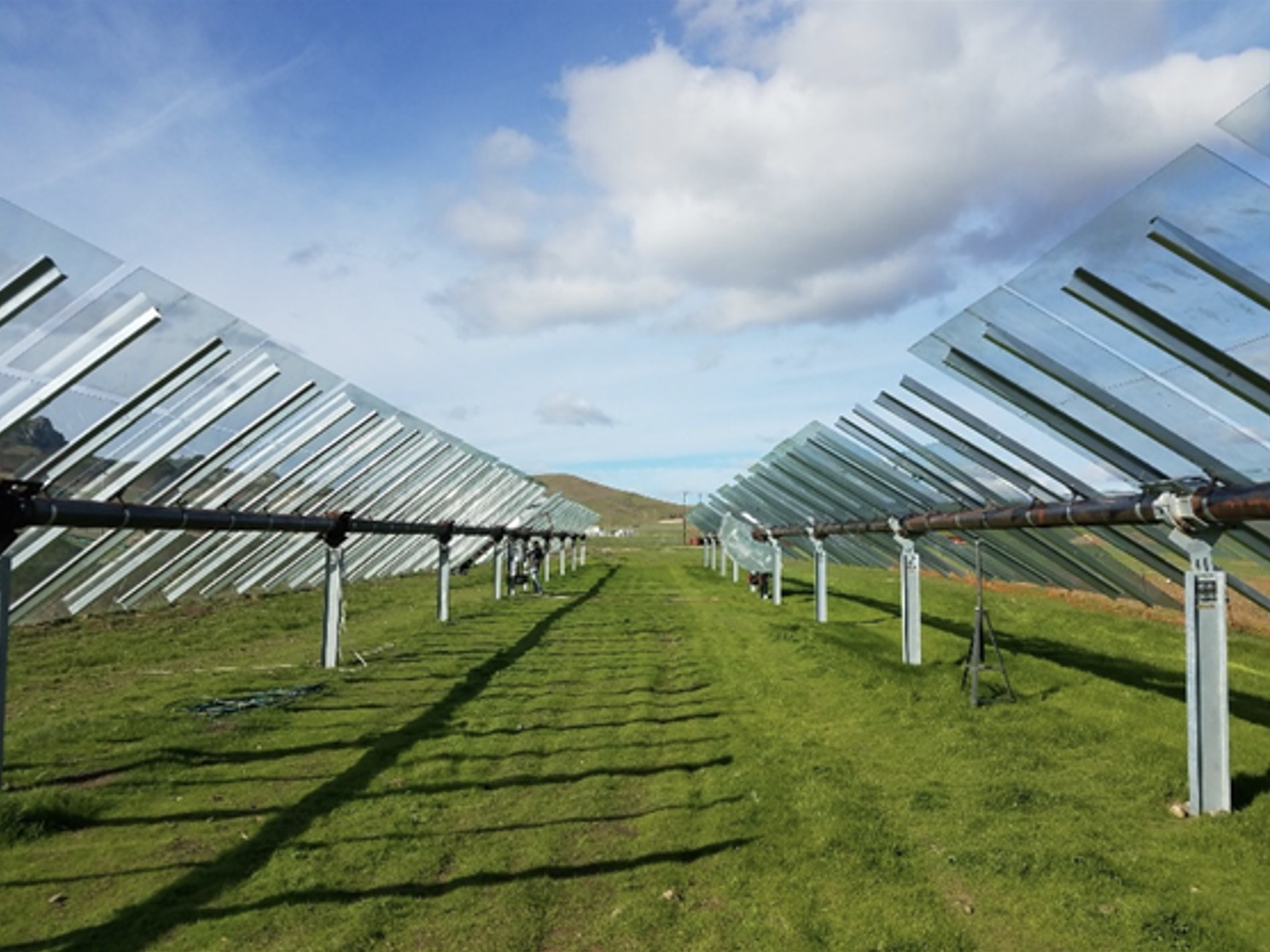 Single-Axis Trackers for PV Solar Farms are valuable in all markets. In sun-rich areas, they deliver 20 percent more annual energy compared to fixed tilt, and around 35 percent more in the summer months (air conditioning); the 20 percent more energy (revenue) for perhaps 5 percent more up-front cost to a solar farm (compared to fix tilt) is a net gain of 15 percent on ROI (e.g., 10 percent ROI becomes 11.5 percent). Another way to look at the financial gain is that, compared to fixed tilt solar farm in MENA, it can be 20 percent smaller (in less PV, mounting, inverter, transmission, etc.) and net 15 percent cheaper to deliver the same energy/year as a fixed tilt system.
Single-Axis Trackers for PV Solar Farms are valuable in all markets. In sun-rich areas, they deliver 20 percent more annual energy compared to fixed tilt, and around 35 percent more in the summer months (air conditioning); the 20 percent more energy (revenue) for perhaps 5 percent more up-front cost to a solar farm (compared to fix tilt) is a net gain of 15 percent on ROI (e.g., 10 percent ROI becomes 11.5 percent). Another way to look at the financial gain is that, compared to fixed tilt solar farm in MENA, it can be 20 percent smaller (in less PV, mounting, inverter, transmission, etc.) and net 15 percent cheaper to deliver the same energy/year as a fixed tilt system.
Single-axis tracking in high latitudes, such as the UK and northern Europe, yields a dismal 12 percent more energy than fixed tilt, barely justifying the extra expense for a single-axis tracker mounting system. However, a 4-meter chord tracker (or larger) allows ample access underneath for weed abatement and ground maintenance, an otherwise difficult and costly (OPEX) task with fixed tilt mounting. Restricted access underneath is also an issue with small trackers (~2m chord) which have relatively low tilting tables of PV. Unwittingly, the single axis tracker expanded its own geographical market simply by going to a 4m chord to support bifacial PV in a 2P configuration.
A 4m chord in England will have 4m wide aisles (at 50 percent GCR), allowing ample access during construction (assuming no linkages or drive shafts blocking thru-access) and for OPEX (O&M, panel cleaning with water trucks, etc.), but most importantly for agriculture activity. A low laying crop such as clover, carrots, roses, grape vines, in the aisles with drive-thru tractor access is possible with single axis tracking of the appropriate size. Single-axis trackers have sunshine in their aisles 365 days a year (when not cloudy); this is true Agri-Voltaic potential for enhanced ROI. Why confiscate Ag land when it can be shared?
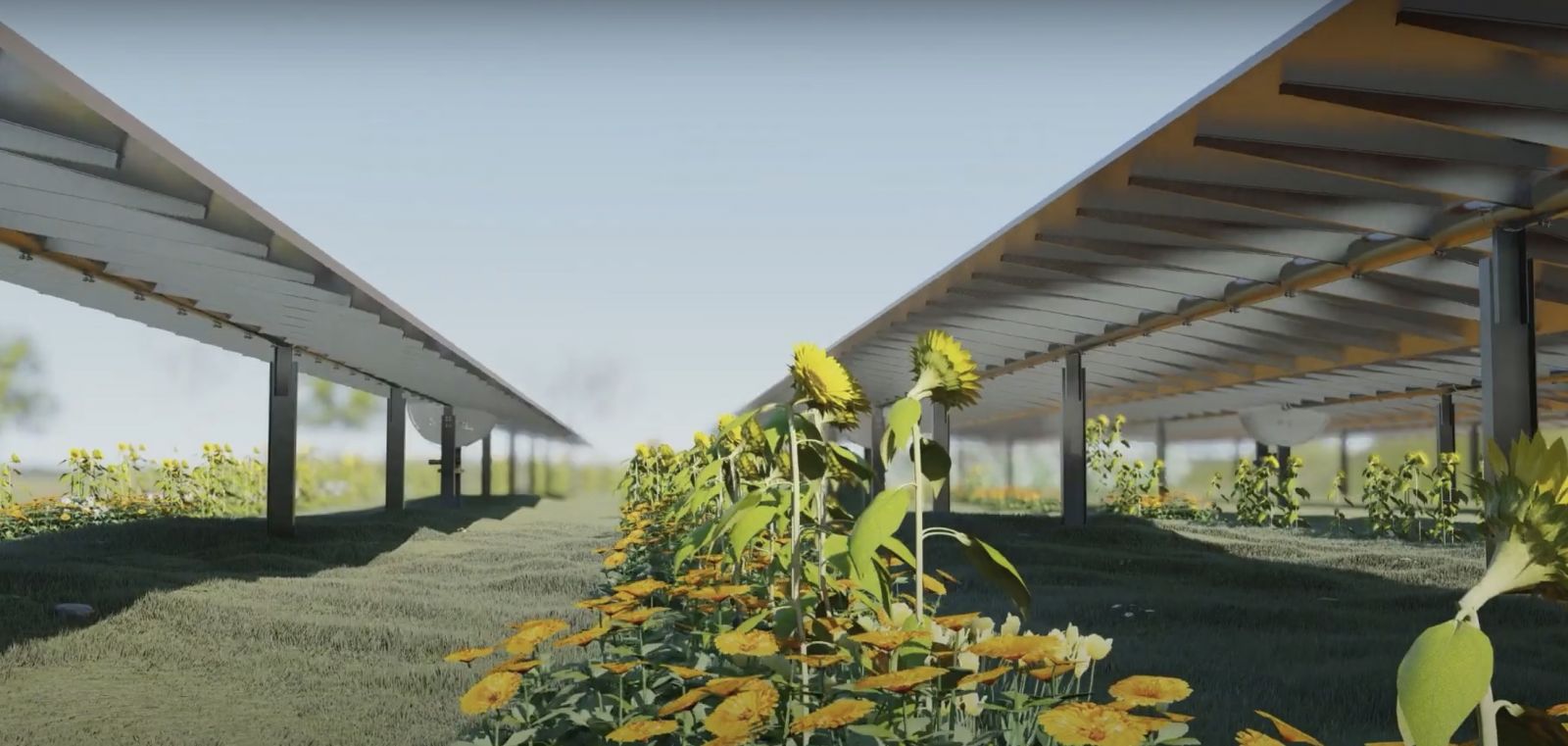
Many of us have seen the video of a 4m tracker failure in Jordan from a January 2018 wind storm. The first knee-jerk reaction was to add shock absorbers as dampeners, and perhaps springs and faceted torque tubes. They have since added drives to each post, connected to the motorized drive with spinning drive shafts. That's nine times (9X) the number of transmissions with gears, oil, seals, inspection ports, and a required 30-year lifetime in the field.
True cost savings is achieved via simplicity, not by adding complexity. Complexity perhaps can eek out another 1 percent in energy delivery, but at more than 1 percent in cost. Shock absorbers have a limited effect in dampening wind gallop. Adding drives to strengthen a weak structure is replacing simple steel with complicated steel; the drives are only needed for the occasional wind event, not for daily movement.
Modules are getting heavier (double-glazed bi-facial PV) and larger (large format). The top-side weight of the PV on the torque tube is becoming a significant turn-over torque. Solutions include special bearings that rock the PV off-axis, or putting multiple drives per row with spinning drive-shafts.
Simpler solutions are needed: A substantial structure of steel to handle a 5-meter chord (2 large format, bi-facial modules in 2P); Non-HDG in most environments; Steel-on-steel bearings of loose fit, without slippery plastic bushings that add cost, risk, and no damping. Steel friction is ideal, simple, reliable, cheap, and grounds the posts. The non-HDG steel journal-coupler is a journal in the bearing, couples the torque tubes, has integral E-W tilt stops (wind) and integral N-S thrust stops (sloped land), and can withstand 22,000 back and forth turns ( ±45 °) over a 30-year lifetime.

The friction is significant and can be overcome with a leveraged drive system.
The torque tube should be round to deliver the best torsional strength per kg of tube, and be non-HDG for cost reduction. The purlins should taper to maximize strength/weight, slope the PV downward by about 6 ° to lower the center of gravity, and perhaps allow non-destructive PV panel turn in worst case winds. The up-down airplane wing of PV performs excellently in the wind, leaves no sediment ponds when stowed flat overnight or in the rain, yields a slight chimney cooling effect, and allows 100 percent topside PV coverage. The aesthetic can be seen in this YouTube video: https://youtu.be/m1VTbeKBgKs
Finally, a simple control system can be made from one programmable logic controller (PLC) that runs hundreds of rows, reducing the cost of one controller per row; the PLC can deliver its go-west and go-east signals over hard wire (no wireless vulnerability) or over powerline. Imagine a powerline feeding from a distribution center to run each row's motor, and the move signal is carried on that existing powerline! Simple, cost reduction, reliable, and proven for 17 flawless years (a 1 MW, 2004 install is still operational).
The key to a productive solar installation is to work smart and keep it simple. It's science, yes, but it's not rocket science. If you find yourself overengineering a solution, step back and take a fresh look at the problem - a direct and sensible approach is the easiest route to a job well done.
Robert Dally is the Managing Member and inventor at Sun and Steel Solar LLC. He has been in the PV industry for 42 years, starting at Arco Solar in 1979. Sun and Steel Solar is a tracker supplier in the final stages of development.
Sun and Steel Solar LLC | http://www.sunandsteelsolar.com
Author: Robert Dally
Volume: 2021 November/December








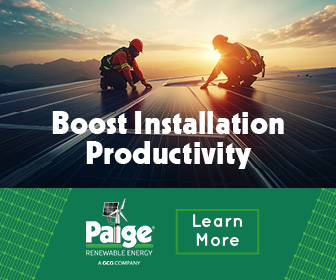
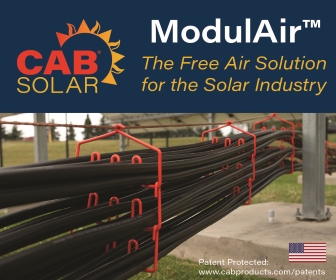
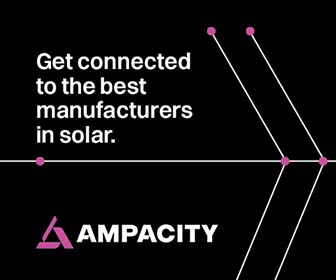
.png?r=2172)
